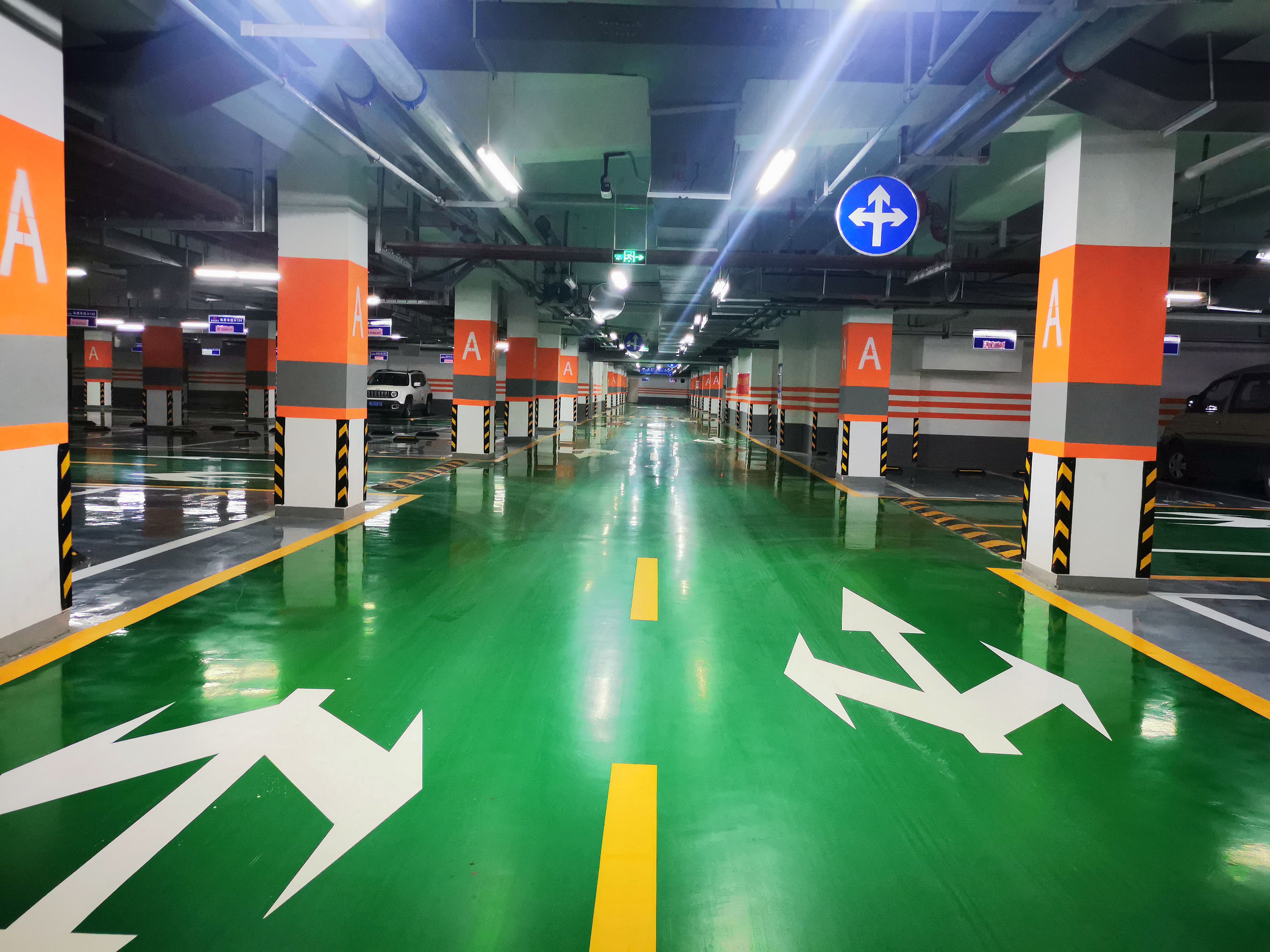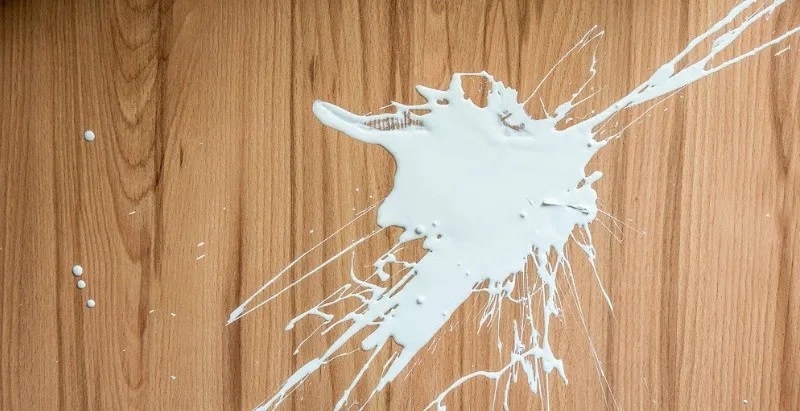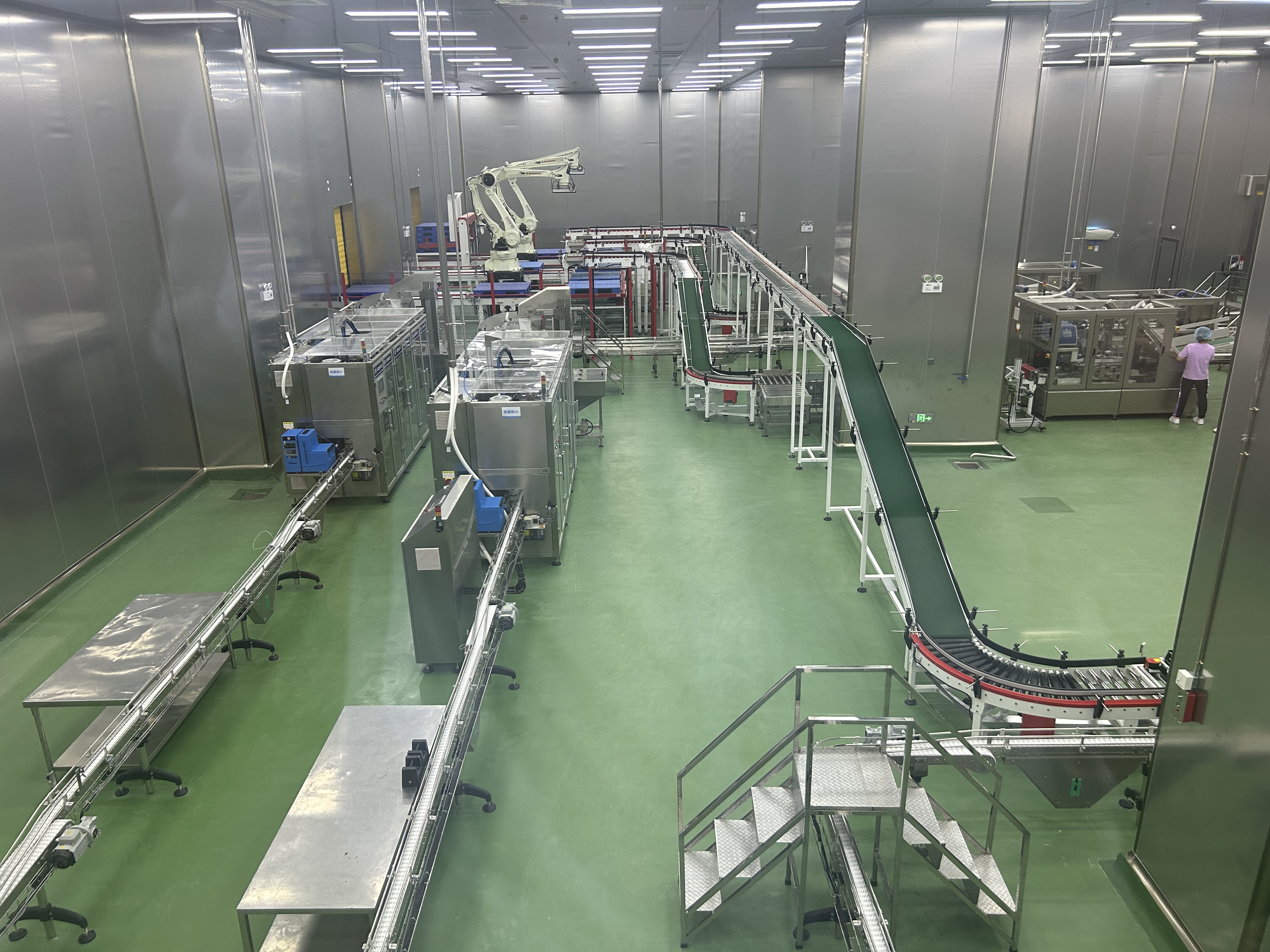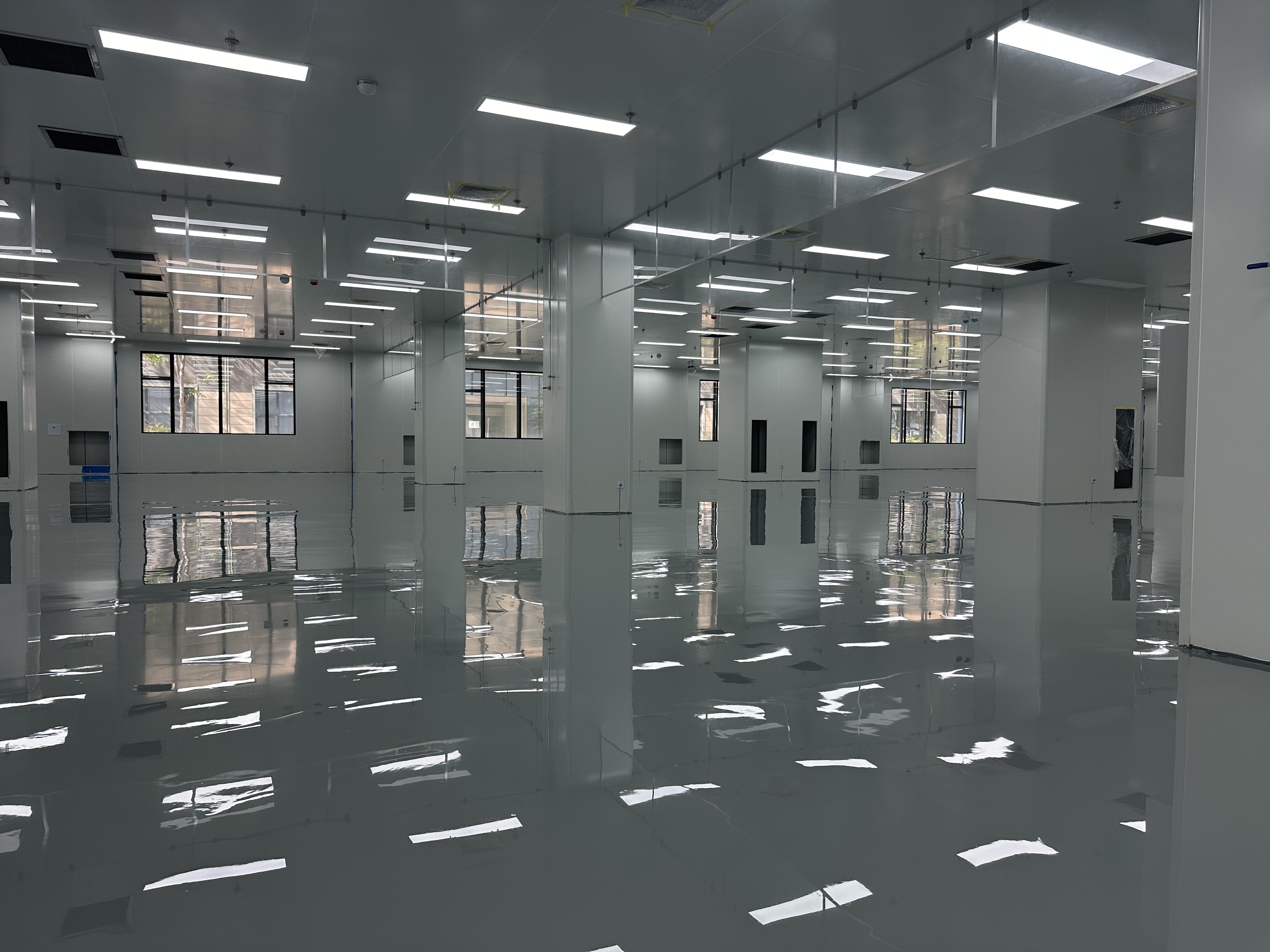What is inorganic colored stone floor?
In the current diversified floor market, inorganic colored stone flooring, as a new type of terrazzo material different from traditional cement colored stone, has gradually emerged with its unique performance, forming differentiated competition with epoxy floor paint, epoxy terrazzo and other categories. The following is a comprehensive interpretation of inorganic colored stone flooring from four aspects: concept, differences from organic terrazzo, core advantages and application scenarios.
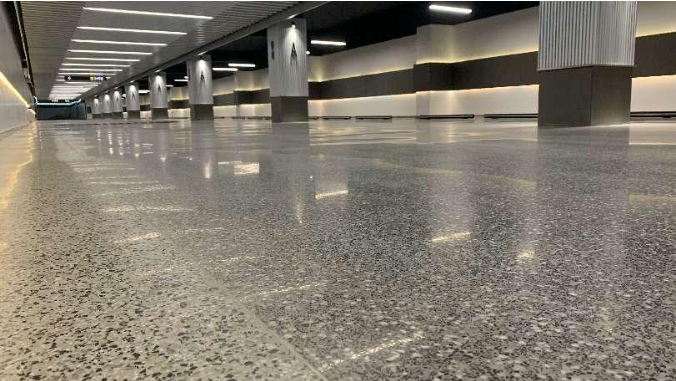
1. Concept of Inorganic Colored Stone: A New Type of Quick-Drying Terrazzo Flooring
Inorganic colored stone is not an ordinary floor paint, but a new type of quick-drying terrazzo flooring material. It takes modified polymer inorganic cementitious materials as the core, matched with fine aggregates in scientific proportion. Through on-site mixing, pouring, paving, grinding, and then fine polishing to the design elevation (usually required to be more than 12mm), it finally forms a fine terrazzo flooring with delicate texture and stable performance. Compared with thin-coat floor paint, its thicker coating endows it with stronger physical properties and durability. At the same time, it gets rid of the excessive dependence of some floor paints on the flatness of the base layer, and the overall effect after construction is more thick and exquisite.
2. Core Differences Between Organic Terrazzo (Epoxy Terrazzo) and Inorganic Terrazzo
Organic terrazzo usually refers to epoxy terrazzo flooring, which is a high-end category derived from epoxy floor paint. It uses epoxy resin as a binder and is matched with special aggregates for epoxy terrazzo to form a flooring system; while inorganic terrazzo flooring uses special cement as the main binder and is combined with other cementitious materials to build a flooring system. There are significant differences between the two in multiple dimensions:
In terms of material essence, the core difference lies in the bonding material - epoxy terrazzo relies on epoxy resin (consistent with the core component of epoxy floor paint), while inorganic terrazzo relies on special cement. This difference directly determines the subsequent performance and application scenarios of the two.
In terms of construction procedures, due to the different properties of bonding materials, the complexity of procedures varies significantly. Epoxy terrazzo flooring inherits the strict requirements of epoxy floor paint on the construction environment, with more process links and more complex operations, such as the need to adjust the resin ratio multiple times and control the curing time; while inorganic terrazzo flooring does not require complex resin curing control, the procedures are relatively simple, the construction period is shorter, and the technical threshold for the construction team is lower than that of epoxy terrazzo.
In terms of price, epoxy terrazzo flooring has higher overall price because of the high cost of epoxy resin materials and the increased labor cost due to complex construction processes. Even compared with high-end epoxy floor paint, the customized nature of epoxy terrazzo makes its cost in a higher range, while inorganic terrazzo has more advantages in "high performance + high cost-effectiveness".
In terms of hardness and wear resistance, the hardness of epoxy terrazzo flooring is usually about 5-6 grades, and its scratch resistance is poor. Scratches are easy to appear due to friction of heavy objects in daily use, which is similar to some ordinary epoxy floor paints; while the hardness of inorganic terrazzo flooring can reach more than 7 grades. Its hard and wear-resistant characteristics enable it to easily cope with high-frequency friction scenarios. Even when used in environments such as garages that need to withstand vehicle rolling, it can keep the floor intact for a long time, far exceeding the wear resistance limit of ordinary floor paint.
Fire and flame retardant performance is one of the key differences between the two. Due to the organic nature of epoxy resin, the fire rating of epoxy terrazzo flooring can only reach grade B, with a certain flammable risk, which is consistent with the fire rating of most epoxy floor paints; while relying on the characteristics of inorganic materials, the fire rating of inorganic terrazzo flooring can reach grade A1 non-combustible standard. In places with dense personnel or strict fire protection requirements, its safety is far better than that of epoxy terrazzo and ordinary floor paint.
In terms of environmental protection performance, although epoxy terrazzo flooring is a high-end product among epoxy floor paints, it still releases a small amount of VOC and belongs to the category of materials controlled by the state for emission. It needs a certain period of ventilation to dispel odors after construction; inorganic terrazzo flooring achieves zero VOC emission, which is a real low-carbon, environmentally friendly and energy-saving material. It can be put into use quickly after construction, without worrying about the impact of harmful substances on human health.
In terms of environmental adaptability, affected by the characteristics of epoxy resin, epoxy terrazzo flooring has high requirements on temperature, humidity and other environments. It is easy to soften and discolor in high-temperature environments, and easy to hollow in humid environments, so it is not suitable for high-temperature workshops and underground humid spaces; while inorganic terrazzo flooring has a wider applicability. Whether it is a high-temperature and dry industrial plant or a humid underground garage, it can maintain stable performance, and its environmental fault tolerance is far higher than that of epoxy terrazzo and some floor paints with poor weather resistance.
In terms of service life, theoretically, both can reach the same service life as the building, but there are obvious differences in practical application. Limited by the properties of organic materials, epoxy terrazzo flooring will accelerate its aging and fading due to long-term light and weathering, and its actual service life is usually 15-20 years, which is close to the service life of high-quality epoxy floor paint; while relying on the stability of inorganic materials, inorganic terrazzo flooring is not affected by light and weathering, and its actual service life can be synchronized with the building, without the need for frequent renovation and maintenance.
3. Core Advantages of Inorganic Colored Stone Flooring
The reason why inorganic colored stone flooring can stand out among many flooring materials lies in its outstanding advantages in multiple dimensions: as a low-carbon, environmentally friendly and energy-saving material, its zero VOC emission characteristic makes it more in line with modern environmental protection needs than some floor paints; grade A1 fire rating builds a solid safety line for places with dense personnel; good adhesion to the concrete base avoids problems such as bulging and peeling of some floor paints due to poor adhesion; the characteristics of quick drying and rapid setting greatly shorten the construction period and reduce the impact on the normal operation of the place; super strong wear resistance, high compressive and flexural strength can cope with high-frequency use and heavy object rolling; good anti-slip performance can ensure walking safety even in humid environments; its beautiful color and exquisite pattern can achieve richer decorative effects than ordinary floor paint, with noble and elegant texture; the dense surface structure makes it easy to clean and maintain, only simple wiping is needed in daily life, and the maintenance cost is lower than that of epoxy terrazzo; at the same time, it has the characteristics of stain resistance and chemical corrosion resistance. Even if it comes into contact with a small amount of acid and alkali substances, it will not have coating damage like ordinary floor paint, and it is durable and always bright, and can still maintain a good state after long-term use.
4. Wide Application Scenarios of Inorganic Colored Stone Flooring
With comprehensive performance advantages, inorganic colored stone flooring has a wide range of application scenarios, covering many fields:
In the field of infrastructure, in places with large flow of people and high requirements for safety and wear resistance, such as airports, railway stations, cinemas, convention and exhibition centers, museums, science and technology museums, gymnasiums, the grade A1 fire performance and high hardness of inorganic colored stone flooring can easily cope with high-frequency use needs, and can withstand long-term wear better than ordinary floor paint;
In commercial spaces, such as shopping malls, high-end hotels, luxury clubs, cafes, 4S stores and other places pursuing quality and beauty, its beautiful colors and exquisite patterns can create a unique spatial style, and at the same time, its wear-resistant and easy-to-maintain characteristics reduce commercial operation costs;
In public spaces, such as schools, libraries, hospitals, office buildings, parking lots and other scenarios, the zero VOC environmental protection attribute ensures personnel health, and the anti-slip and stain-resistant characteristics adapt to the use needs of public spaces. Especially in parking lots, its high hardness is more suitable for vehicle rolling than floor paint;
In civil buildings, such as high-end residential quarters, villas and other residential scenarios, the noble and elegant texture improves the living quality, and the characteristic of the same service life as the building reduces the trouble of later renovation;
In industrial plants, such as electronic communication, food health care, logistics and warehousing, automobile manufacturing, high-end heavy industry and other places, the performance of chemical corrosion resistance and high compressive strength can cope with the complex environment in industrial production, and it is more durable and stable than ordinary industrial floor paint.
Link to this article:https://sprcoating.com/news/What-is-inorganic-colored-stone-floor_121.html
